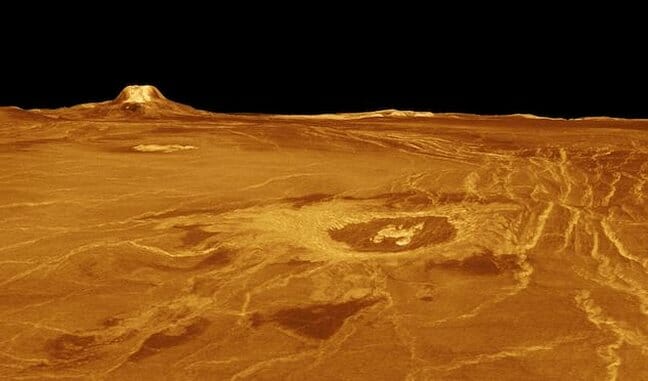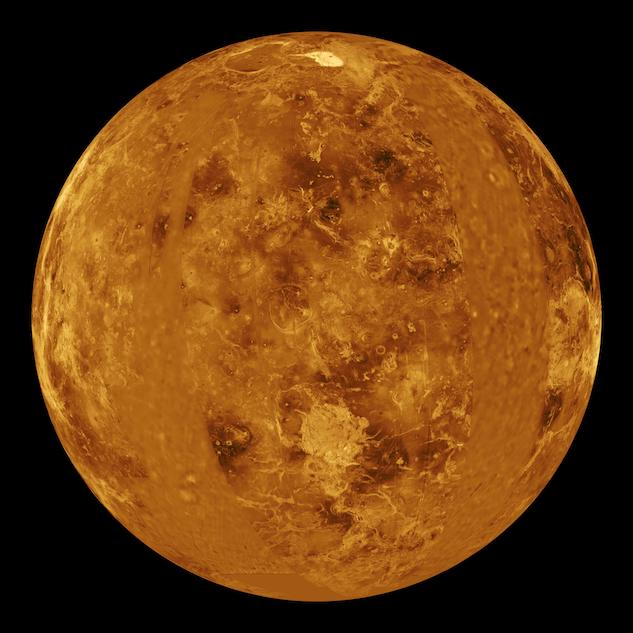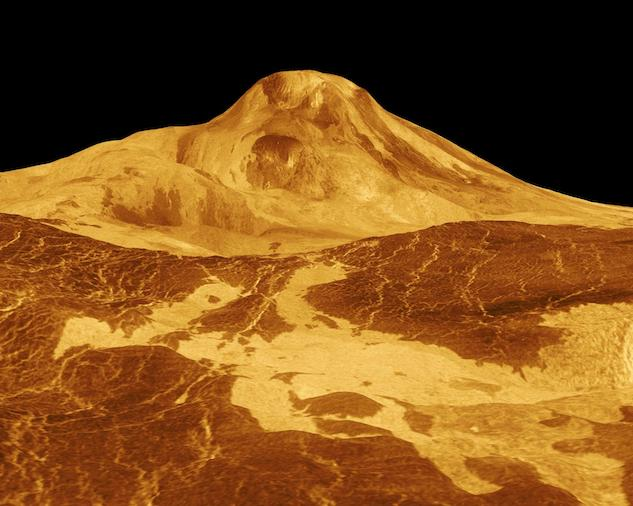Space Matter: Venus (Not Mars) is Our Real Sister Planet

With all the talk of going to Mars, you’d be forgiven if you’ve forgotten that the red planet isn’t actually our sister planet. We’ve got rovers crawling the surface of Mars, with more on the way, and our human exploration goals, whether public or private, involve putting humans on the red planet in the next two decades.
But if you take a step back and look at both Mars and Venus, it might appear a little confusing as to why we’re so fixated on visiting Mars, rather than Venus—at least on the surface. After all, Venus is closer to Earth than Mars is. At their closest, Mars is 33.9 million miles away, while Venus is just 24 million miles away from us. That’s not an insignificant difference, especially when you consider the logistics of resupplying permanent settlements.
 Venus (credit: NASA)
Venus (credit: NASA)
Venus’ gravity is also similar to ours—8.87 m/s2 versus our own 9.8 m/s2. Mars’, in contrast, is just 3.7 m/s2. Astronauts spend an extraordinary amount of time trying to combat the deleterious effects that weightlessness has on the human body. That wouldn’t be nearly as much of an issue on Venus as it will be on Mars over the medium and long term.
-

-

-

-

-

-

-

-

-

-

-

-

-

-

-

-

-

-

-

-

-

-

-

-

-

-

-

-

-

-

-

-

-

-

-

-

-

-

-

-

 Maat Mons on Venus surface (Image credit:
Maat Mons on Venus surface (Image credit:  Could the dark streaks in Venus’ clouds be life? (Image credit:
Could the dark streaks in Venus’ clouds be life? (Image credit: 






































